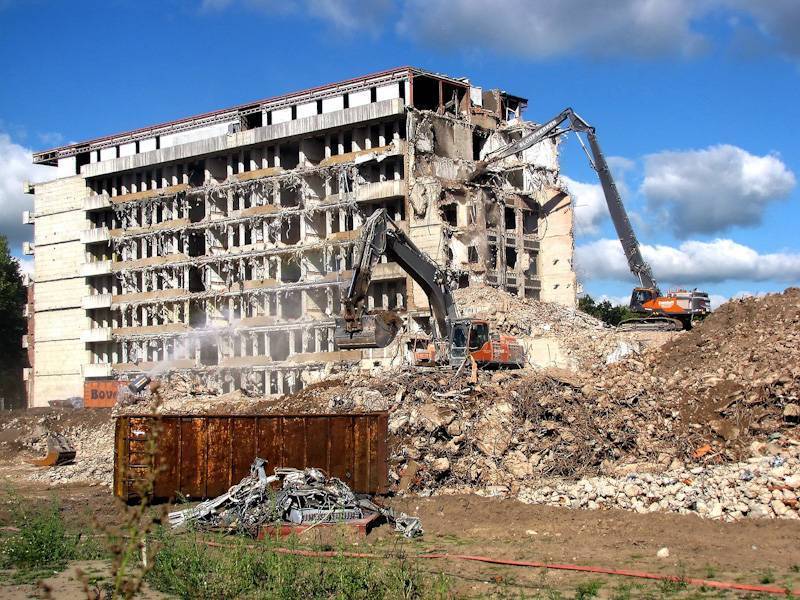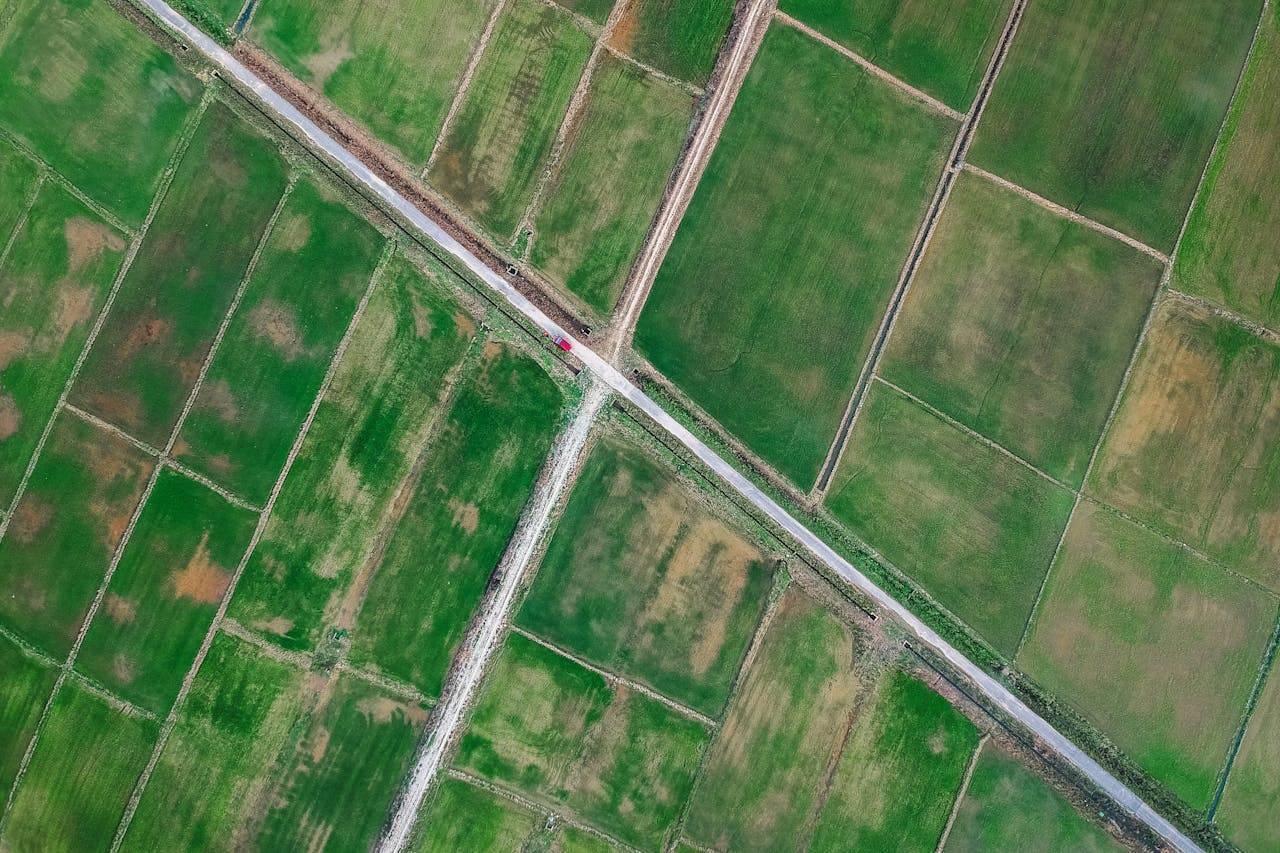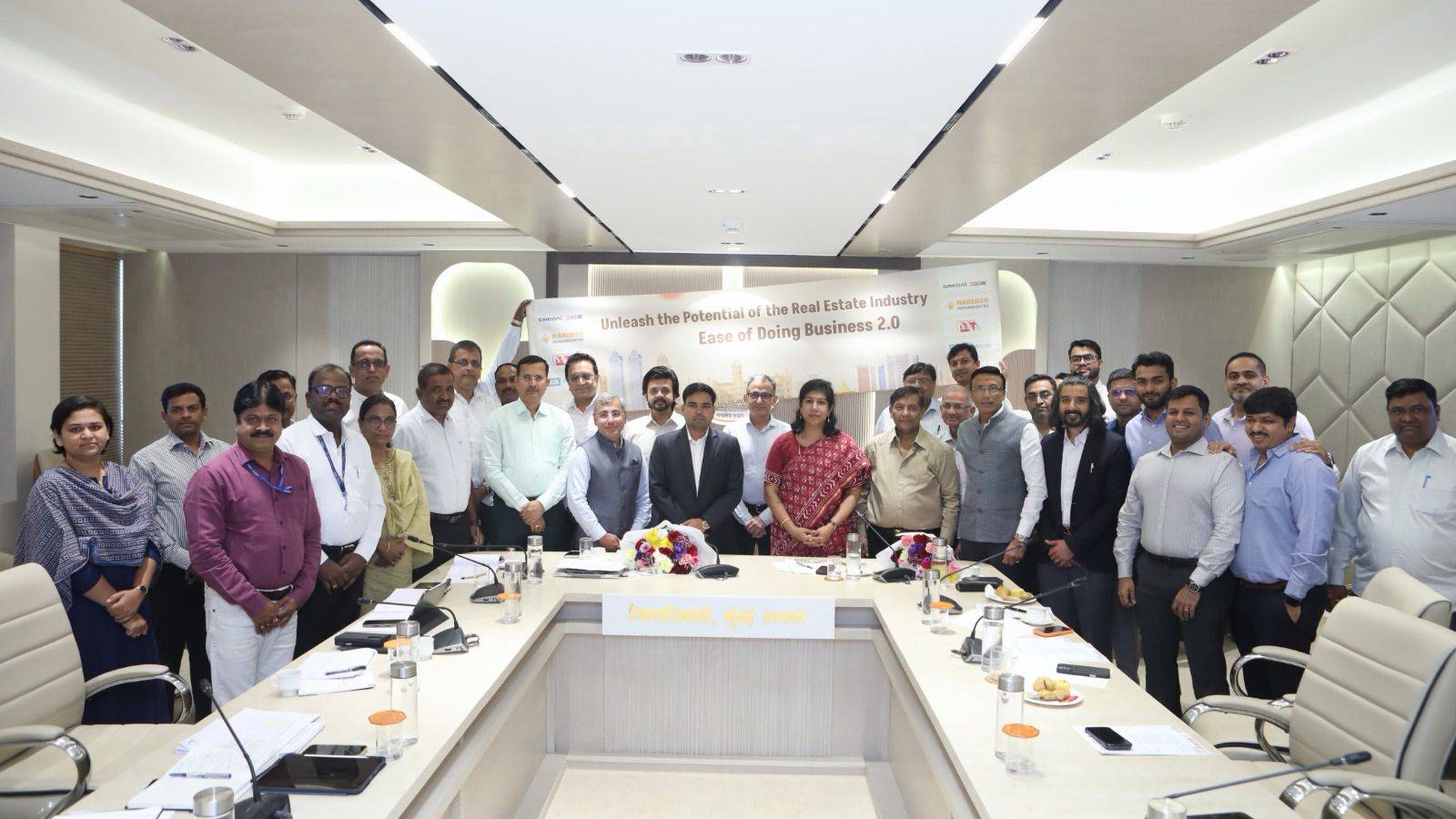The Goa Coastal Zone Management Authority (GCZMA) has recently taken significant action by demolishing illegal constructions in the no-development zone (NDZ) of Anjuna, a popular tourist destination in North Goa. These structures, primarily residential and commercial, were found to be in violation of the Coastal Regulation Zone (CRZ) norms, which were established to protect the fragile coastal ecosystem from unregulated and unsustainable development. This action highlights the growing tension between economic development, particularly in tourism-heavy regions like Goa, and the need to preserve the state’s unique coastal environment.
Coastal Regulation Zone (CRZ) Norms and Their Significance
The CRZ norms were first introduced in 1991 under the Environment Protection Act of 1986 to regulate activities along India's coastlines. These rules were further strengthened in subsequent amendments to ensure better protection of coastal ecosystems, particularly mangroves, beaches, and coastal wetlands. The CRZ framework divides the coastal stretch into four categories: CRZ-I (ecologically sensitive areas), CRZ-II (urban or developed areas), CRZ-III (areas that are relatively underdeveloped), and CRZ-IV (water bodies).
Anjuna, located in North Goa, is part of CRZ-III and CRZ-I zones, meaning that development is highly restricted. The no-development zone (NDZ), extending 500 meters inland from the high-tide line, is specifically designated for the preservation of natural habitats and ecosystems, where any new construction is prohibited unless explicitly approved by authorities. Despite these restrictions, illegal constructions have proliferated over the years due to the increasing demand for tourism infrastructure, such as guest houses, shacks, and commercial establishments.
The Scale of the Problem
The GCZMA's recent demolition operation in Anjuna is a response to the persistent issue of illegal constructions across Goa’s coastline. Over the past several years, several structures have been identified as unauthorized, having been built without the necessary approvals and in violation of CRZ norms. In Anjuna alone, numerous properties have been flagged for demolition, many of which are linked to the tourism sector. The area's popularity with tourists has led to the rapid development of unauthorized guesthouses, restaurants, and even residential buildings that cater to both domestic and international visitors.
According to officials, many of these structures were erected despite repeated notices and warnings issued by the authorities. The GCZMA has been working in coordination with the local government to enforce the demolitions and prevent further violations. The structures that were demolished in this latest action include both private residences and commercial spaces, many of which had become integral to the local tourism economy.
Legal and Environmental Implications
The demolition of illegal constructions has significant legal and environmental implications. From a legal perspective, the GCZMA’s action reaffirms the authority’s commitment to enforcing the CRZ rules. This sets a strong precedent for future cases, signaling that the government is serious about tackling violations in the coastal zone.
However, there are also legal challenges that accompany such demolition drives. In many cases, property owners contest the demolitions in court, arguing that they were unaware of the regulations or that they had obtained approvals from local authorities. This has led to lengthy legal battles, with developers seeking to delay demolitions through court orders or retroactive approvals.
From an environmental standpoint, the demolitions are necessary to preserve the ecological integrity of Goa's coastline. Illegal constructions contribute to coastal erosion, disrupt natural habitats, and place additional stress on already fragile ecosystems. The CRZ norms were created to prevent precisely these types of environmental degradations, and enforcing them is crucial for the long-term sustainability of Goa’s tourism industry, which relies heavily on the state’s pristine beaches and coastal environments.
The Broader Impact on Goa’s Tourism Industry
The tourism industry in Goa is both a major economic driver and a source of concern for environmental regulators. With millions of tourists visiting the state every year, the demand for accommodations and related infrastructure has steadily increased, often at the expense of the environment. Illegal constructions have been a widespread problem, particularly in popular beach destinations like Anjuna, Calangute, and Palolem.
While the demolition of illegal structures is necessary to protect the environment, it also raises concerns about the impact on the local economy. Many of the structures that have been demolished were essential for small business owners who depend on tourism for their livelihood. The challenge, therefore, is finding a balance between promoting economic growth and preserving the coastal ecosystem.
The government has been called upon to provide clearer guidelines for development in CRZ areas to prevent future violations. Additionally, there are calls for better enforcement of existing rules and greater transparency in the approval process for new constructions.
Looking Forward: Stricter Enforcement and Sustainable Development
The GCZMA's actions are part of a broader push to ensure sustainable development along Goa’s coastline. The state government has indicated that it will continue to crack down on illegal constructions, not just in Anjuna but across the entire state. This includes taking legal action against violators, imposing fines, and demolishing unauthorized structures that threaten the environment.
However, this must be accompanied by efforts to promote sustainable tourism development. Authorities are now looking at ways to encourage eco-friendly construction practices, while ensuring that new developments comply with CRZ norms. This will require close coordination between various government bodies, including the GCZMA, the local municipalities, and the tourism department.









.png)